Korean Rock Fern, Polystichum Tsus-Simense – Rare
Original price was: ₹1,169.00.₹199.00Current price is: ₹199.00.
17 in stock
Plant size: Bushy plant | 2.5” Pot Included
The Korean Rock Fern, scientifically known as Polystichum tsus-simense, is a charming evergreen fern native to East Asia. Its common name comes from its natural ability to grow in rocky environments.
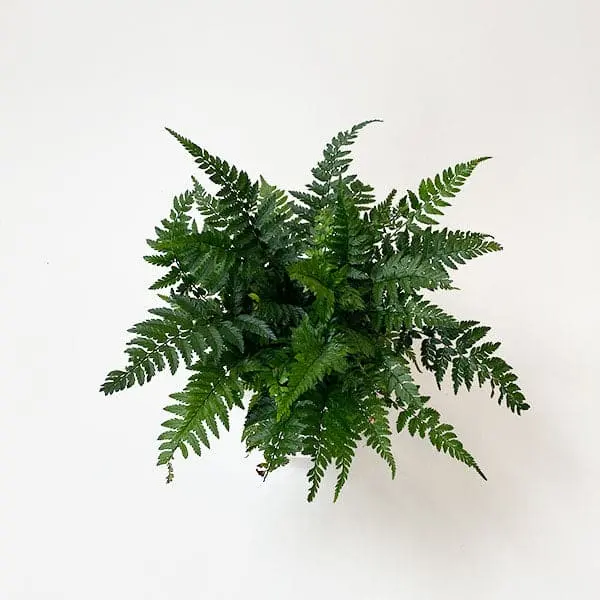
Here’s a detailed guide on how to care for this attractive Korean Rock Fern, Polystichum Tsus-Simense fern:
Light:
- Prefers medium to low indirect light. Avoid direct sunlight, which can scorch its delicate fronds.
- A north-facing window is often an excellent spot indoors. East or west-facing rooms are also suitable, as long as the plant is placed away from direct sunbeams.
- Outdoors, it thrives in part to full shade.
Water:
- Requires consistently moist soil. Water when the top inch of the soil feels dry to the touch.
- Avoid letting the soil dry out completely, but also ensure it’s not waterlogged, as this can lead to root rot.
- When watering, thoroughly soak the soil and allow excess water to drain away. Empty any water that accumulates in the saucer.
- In warmer months or drier indoor conditions, more frequent watering may be necessary. Conversely, reduce watering slightly in cooler months.
Soil:
- Needs rich, well-draining soil that retains some moisture.
- A potting mix formulated for ferns or tropical plants is ideal. You can also amend regular indoor potting mix with peat moss or perlite to improve drainage and organic content.
Temperature:
- Prefers moderate temperatures between 15-24°C (60-75°F).
- Protect it from cold drafts and temperatures below 10°C (50°F). Temperatures above 32°C (90°F) can also stress the plant.
Humidity:
- Thrives in moderate to high humidity.
- If the air is dry, especially indoors, you can increase humidity by:
- Misting the fronds regularly with distilled or rainwater.
- Placing the pot on a pebble tray filled with water (ensure the bottom of the pot is above the water line).
- Using a humidifier near the plant.
- Grouping plants together, as they naturally increase humidity around themselves.
Fertilizer:
- Feed with a diluted, balanced liquid fertilizer (e.g., 10-10-10) every 4-6 weeks during the active growing season (spring and summer).
- Reduce or stop fertilizing in the fall and winter when the plant’s growth slows down.
- Slow-release granular fertilizers can be added at planting time or as a top dressing in spring.
Potting and Repotting:
- Repot when the plant becomes root-bound, which is usually every 1-2 years. Signs of this include roots growing out of the drainage holes or the plant drying out very quickly.
- Choose a pot that is only slightly larger than the previous one to avoid the soil retaining too much moisture.
- Repotting is best done in the spring.

Pruning and Maintenance:
- Regularly remove any dead, yellowing, or damaged fronds using clean scissors or pruning shears to encourage healthy growth and maintain the plant’s appearance.
- Keep the leaves dust-free by gently wiping them with a damp cloth to ensure efficient photosynthesis.
Propagation:
- The most common method of propagation is division during repotting. Carefully separate the rhizomes (the creeping stem at the base) into sections, ensuring each division has healthy roots and fronds, and then pot them individually.
- Korean Rock Fern can also be propagated by spores, but this is a much slower and more challenging process that typically takes a year or more to see true fronds. Spores are collected from mature fronds and sown on a moist potting mix in a covered container kept in a warm, bright location (but away from direct sunlight).
Pests and Diseases:
- Generally pest-free, but keep an eye out for common houseplant pests like mealybugs. These can be treated with an organic pesticide such as neem oil.
- The main disease concern is root rot, which is caused by overwatering and poor drainage. Ensure the plant is in well-draining soil and avoid letting it sit in standing water.
Toxicity:
- The Korean Rock Fern is generally considered non-toxic to pets and humans, making it a safe choice for households with animals and children.
Outdoor Growing:
- In suitable USDA hardiness zones (typically 6-9), Korean Rock Fern can be grown outdoors in shaded or partially shaded locations with moist, well-drained soil rich in organic matter.
- Protect the crowns from excessive winter wetness. In colder climates (below zone 6), it’s best grown as a houseplant or brought indoors during winter.
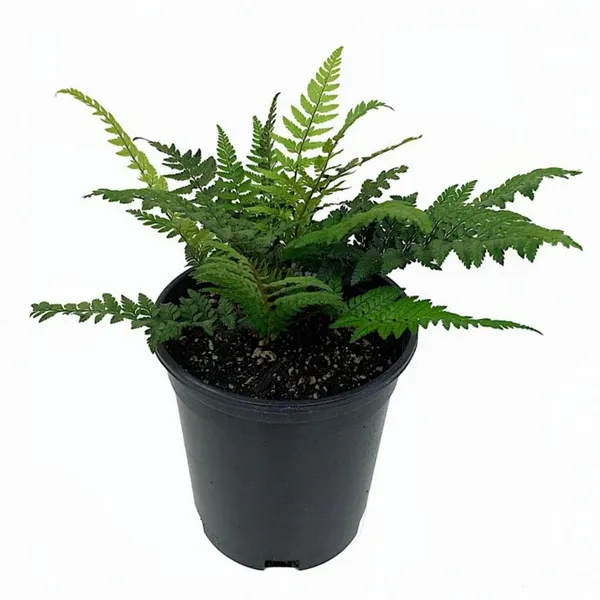
By providing the right conditions, the Korean Rock Fern will reward you with its elegant, dark green fronds, adding a touch of natural beauty to your indoor or outdoor space.
Only logged in customers who have purchased this product may leave a review.

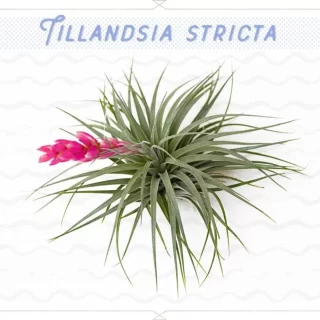
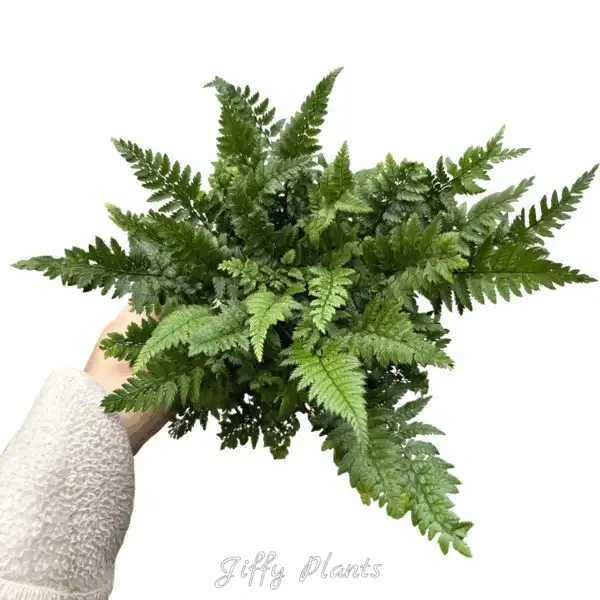
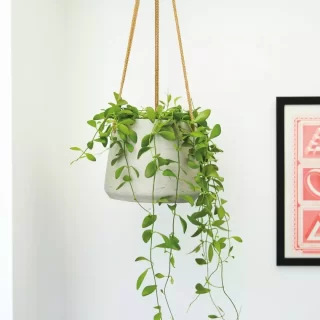
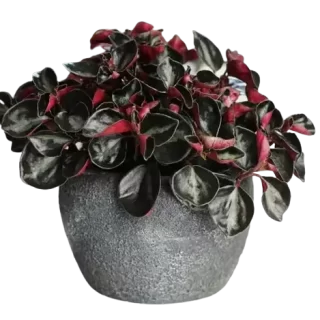
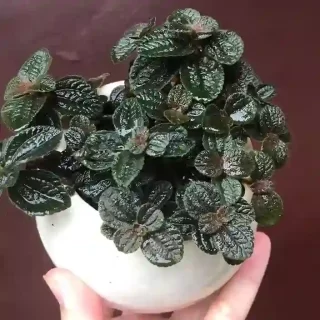
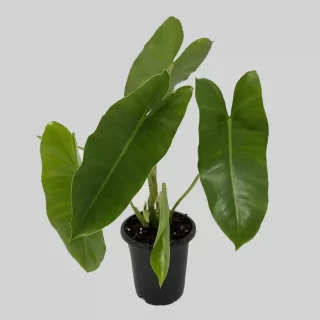
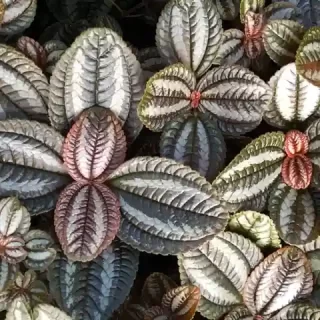

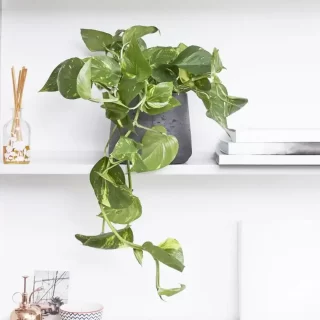
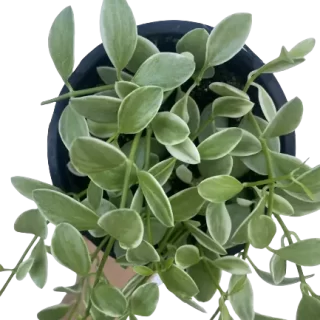
 If you need any assistance, I'm always here. Have you found what you were looking for?
If you need any assistance, I'm always here. Have you found what you were looking for?
Reviews
There are no reviews yet.